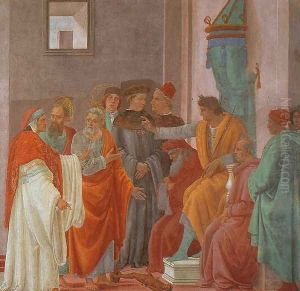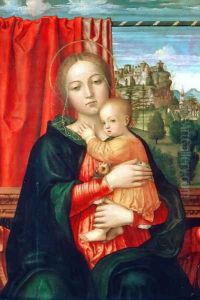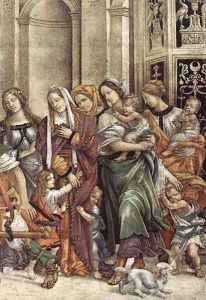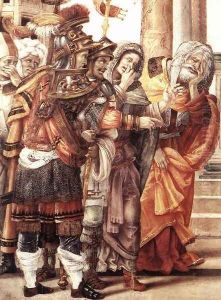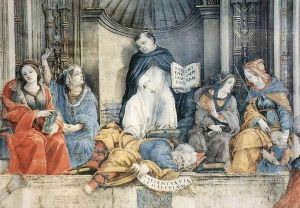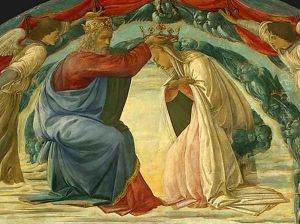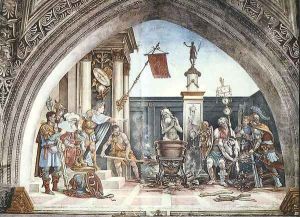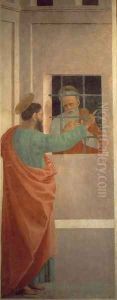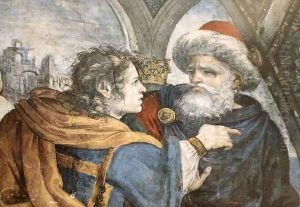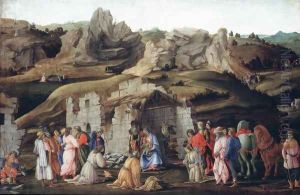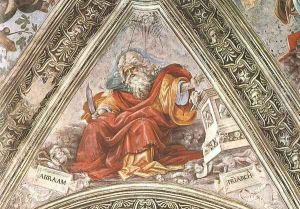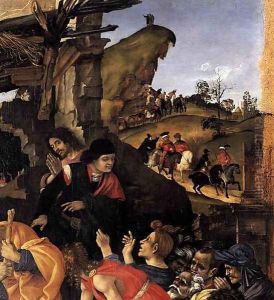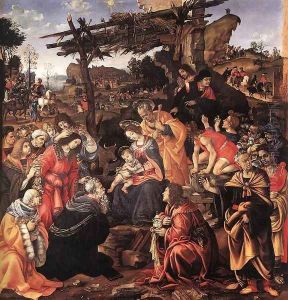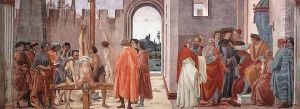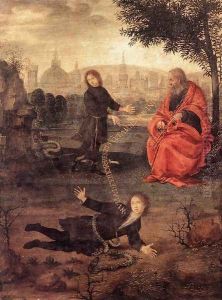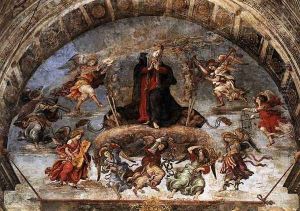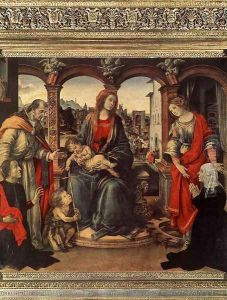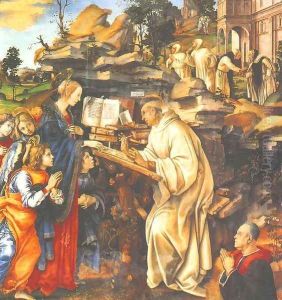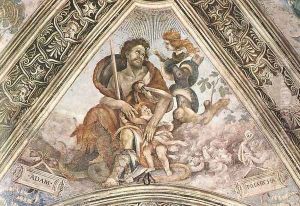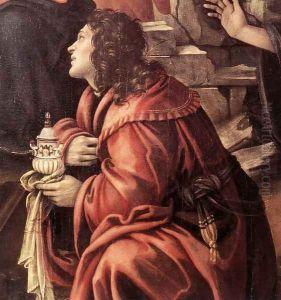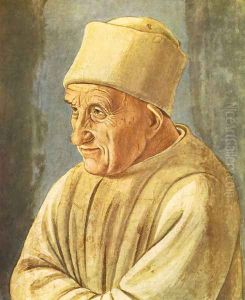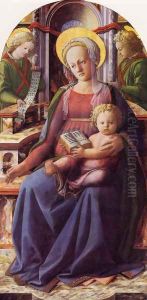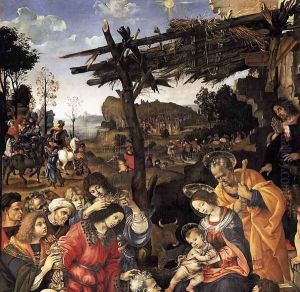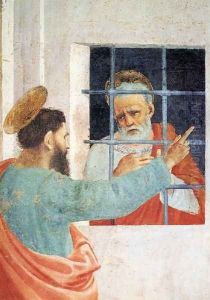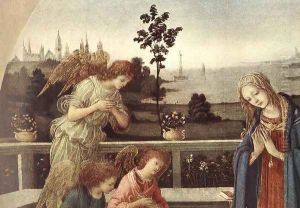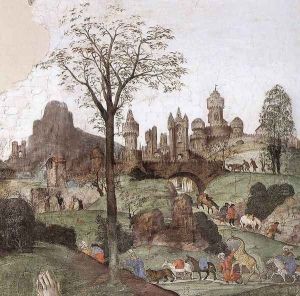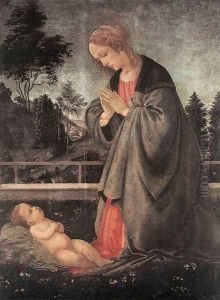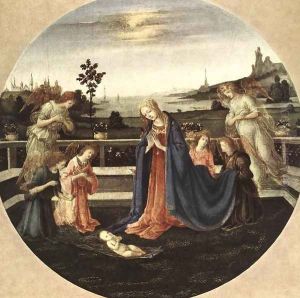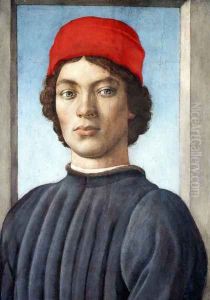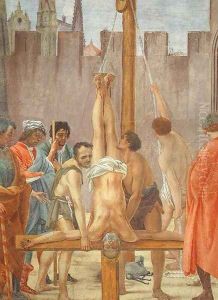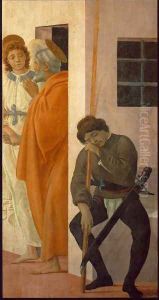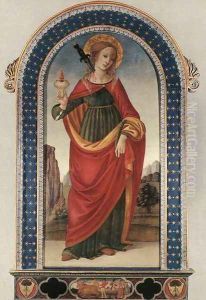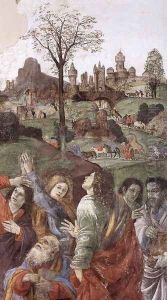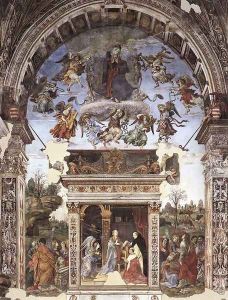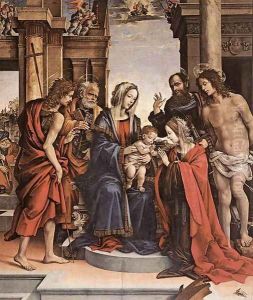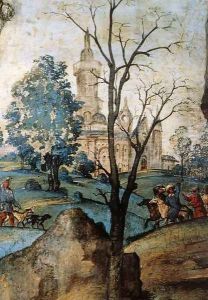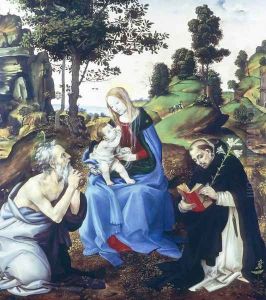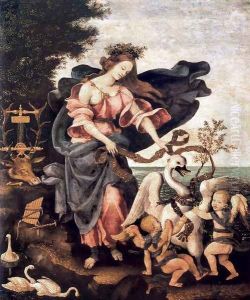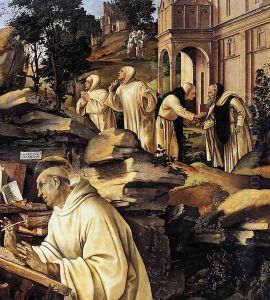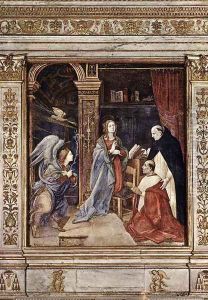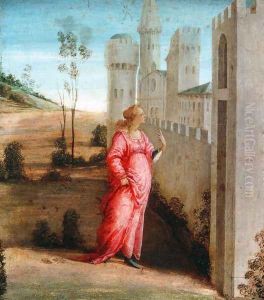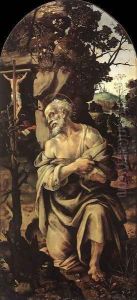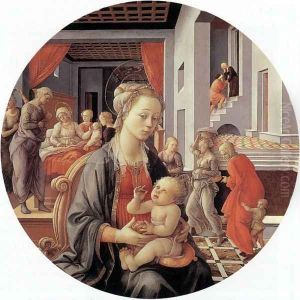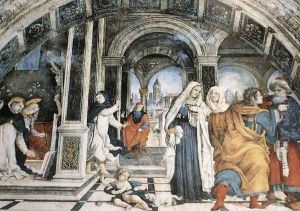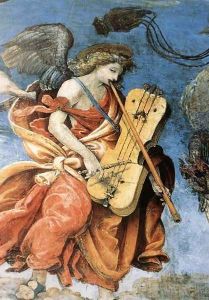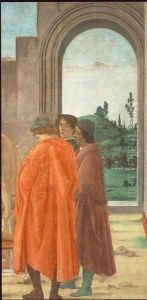Filippino Lippi Paintings
Filippino Lippi was an important Italian Renaissance painter, working during the latter half of the 15th century. Born in Prato, Italy, in April 1457, he was the son of the famous Florentine painter Fra Filippo Lippi and Lucrezia Buti, a nun who became Lippi's romantic partner. His father’s artistic legacy significantly influenced Filippino's career, and he was also thought to have been a pupil of Sandro Botticelli, who himself had been a student of Filippino’s father.
Filippino’s style combined elements from his father and Botticelli, with an added interest in the detailed naturalism and complex compositions that were becoming popular among his contemporaries. He was particularly adept at narrative detail, and his frescoes and altarpieces are noted for their lively figuration and intricate settings that often included ruins of Classical Rome or elaborate architectural fantasies.
One of his first major works was the completion of Masaccio's fresco series in the Brancacci Chapel in the Church of Santa Maria del Carmine in Florence, which Filippino took over after Masaccio's death. This work demonstrated his mastery in fresco technique and his ability to harmonize his contribution with Masaccio’s groundbreaking early Renaissance style. Filippino's own frescoes, such as those in the Carafa Chapel in Santa Maria sopra Minerva in Rome, are celebrated for their vibrant colors and complex allegories.
Throughout his career, Lippi received numerous commissions from prominent patrons, including the Medici family in Florence. His altarpieces and panel paintings were highly sought after and show a stylistic evolution that reflects the shifting tastes of the period, moving from the ethereal grace of the early Renaissance to the more dramatic expressions and complex compositions of the High Renaissance.
Filippino Lippi's work was influential in the development of Florentine art and was highly respected by his contemporaries. His blending of naturalistic detail with a rich, emotional narrative helped set the stage for the next generation of Renaissance artists. Lippi died in Florence on April 18, 1504. His legacy is preserved in the continued admiration and study of his works, which are considered to be among the finest examples of late Quattrocento art.
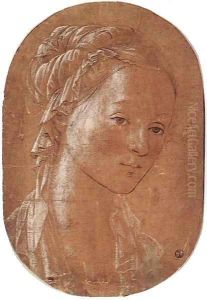
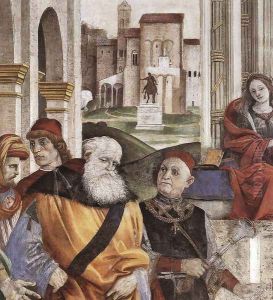
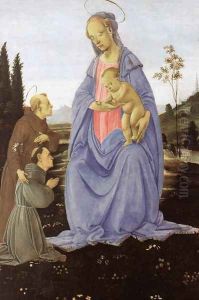
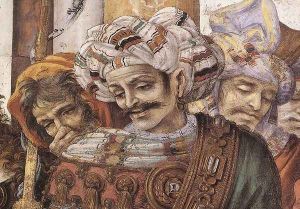
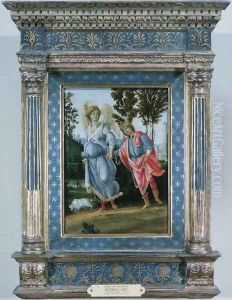
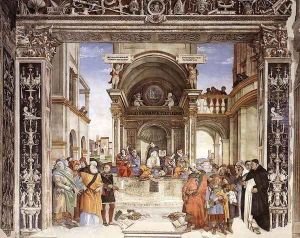
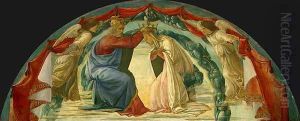
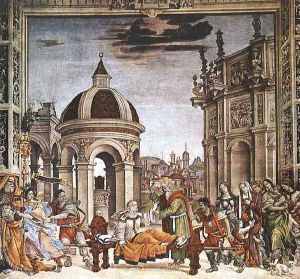
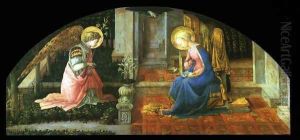
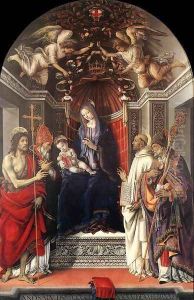

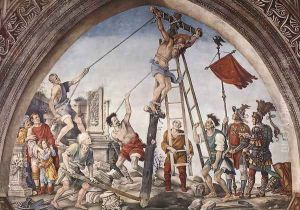
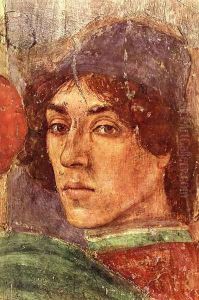
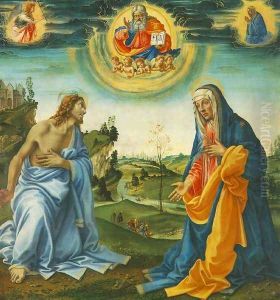
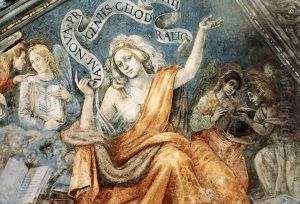
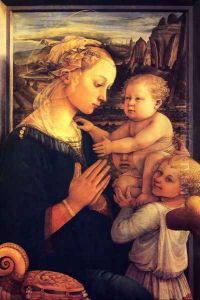
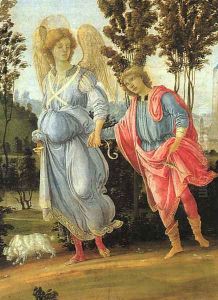
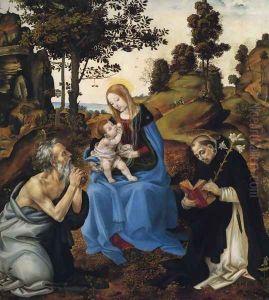
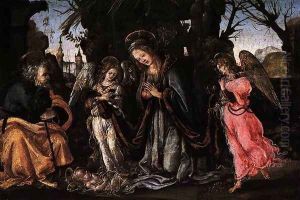
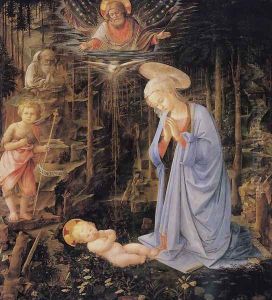
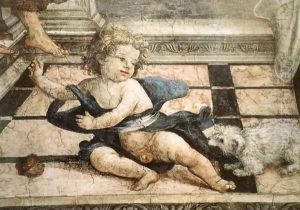
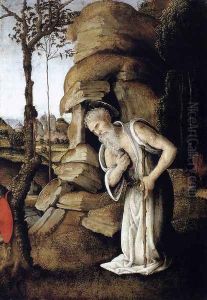
![Adoration of the Child [detail: 1]](https://www.niceartgallery.com/imgs/207656/s/filippino-lippi-adoration-of-the-child-detail-1-440cc3c2.jpg)
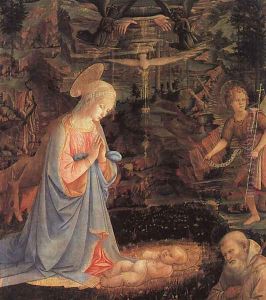
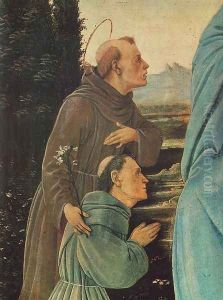
![Holy Family [detail]](https://www.niceartgallery.com/imgs/207653/s/filippino-lippi-holy-family-detail-7a864e78.jpg)
